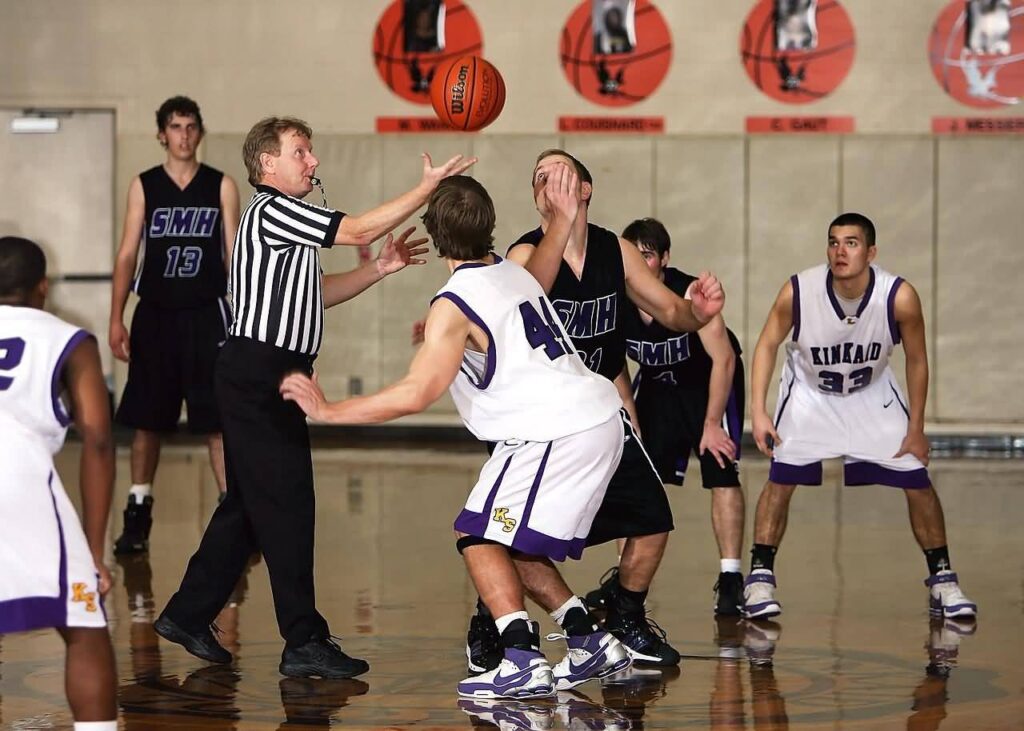
1. The ball can be thrown with one or both hands in any direction.
2. Players may snatch the ball and play it with one or both hands, but they must never hit the ball with their hands.
3. The ball cannot be run with by a player. It must be thrown from the spot where the player catches it.
4. The ball must be held in hand, and the head and feet cannot be used to kick it.
5. Players are not allowed to use shoulder bumps, hand pulls, hand pushes, hand punches, or stumble against the opposing team. A player who violates this rule will be considered a foul for the first time, and for the second time, he will be forcibly removed from the game, and he will not be allowed to play again until he hits a ball. Those who intentionally injure their opponents will be disqualified from the entire game. Substitutes will not be permitted.
6. It is a violation of rules 3 and 4 to punch the ball
7. The other side scores if either side commits three consecutive fouls. Continuous fouls refer to situations in which opposing team members commit no fouls, while players on their own team commit fouls repeatedly.
8. A shot is made when the ball enters the basket without being touched or interfered with by the defender. It counts as a hit if the ball lands on the rim and the opposing player touches it.
9. A ball that goes out of bounds is thrown into the field by the first person to touch it. If there is an argument, the referee throws it into the field. The throw-in is allowed 5 seconds, if longer, the ball is awarded to the opponent.
10. The referee is the referee for the players and is in charge of calling fouls. When a team commits three consecutive fouls, the deputy referee will be notified. Disqualification can be declared by him.
11. Assisting referees decide when the ball is in play, measure timing, determine when the ball is hit, record the number of balls hit, and perform other responsibilities of the referee.
12. The matches are played at 15-minute intervals, with 5-minute breaks.
13. The team that scores the most goals wins, and in the event of a tie, the game is suspended until another goal has been scored with the consent of both captains.
Though the original 13 basketball rules were not systematic and complete, and some of the provisions were unclear, they contributed greatly to the early development of the sport.
In particular, as basketball has developed into a modern basketball game, the technical and tactical level has increased, and rules have become more important. Basketball competition requires a scientific and systematic approach.






Thanks for your blog, nice to read. Do not stop.
My sincere thanks.